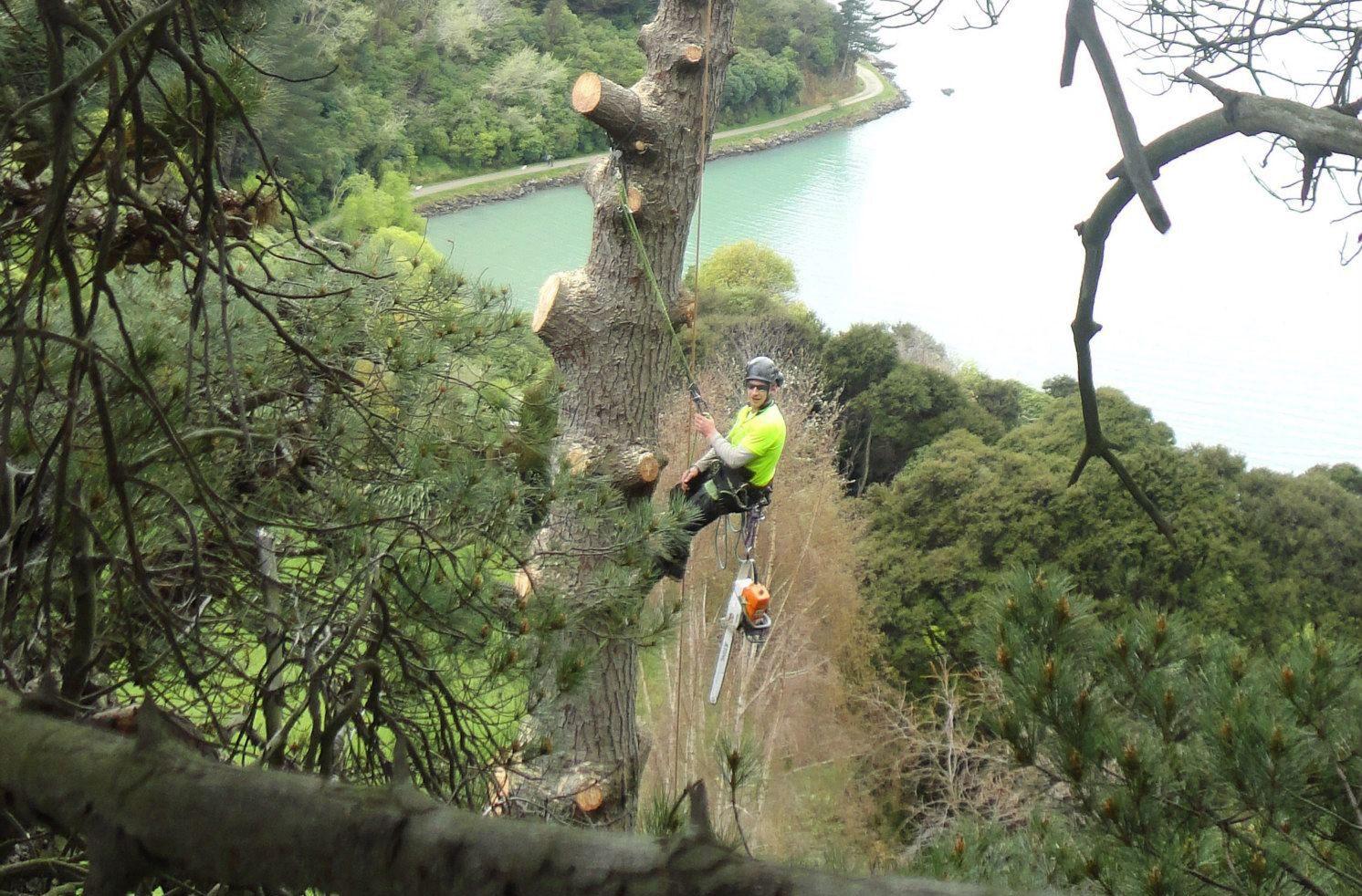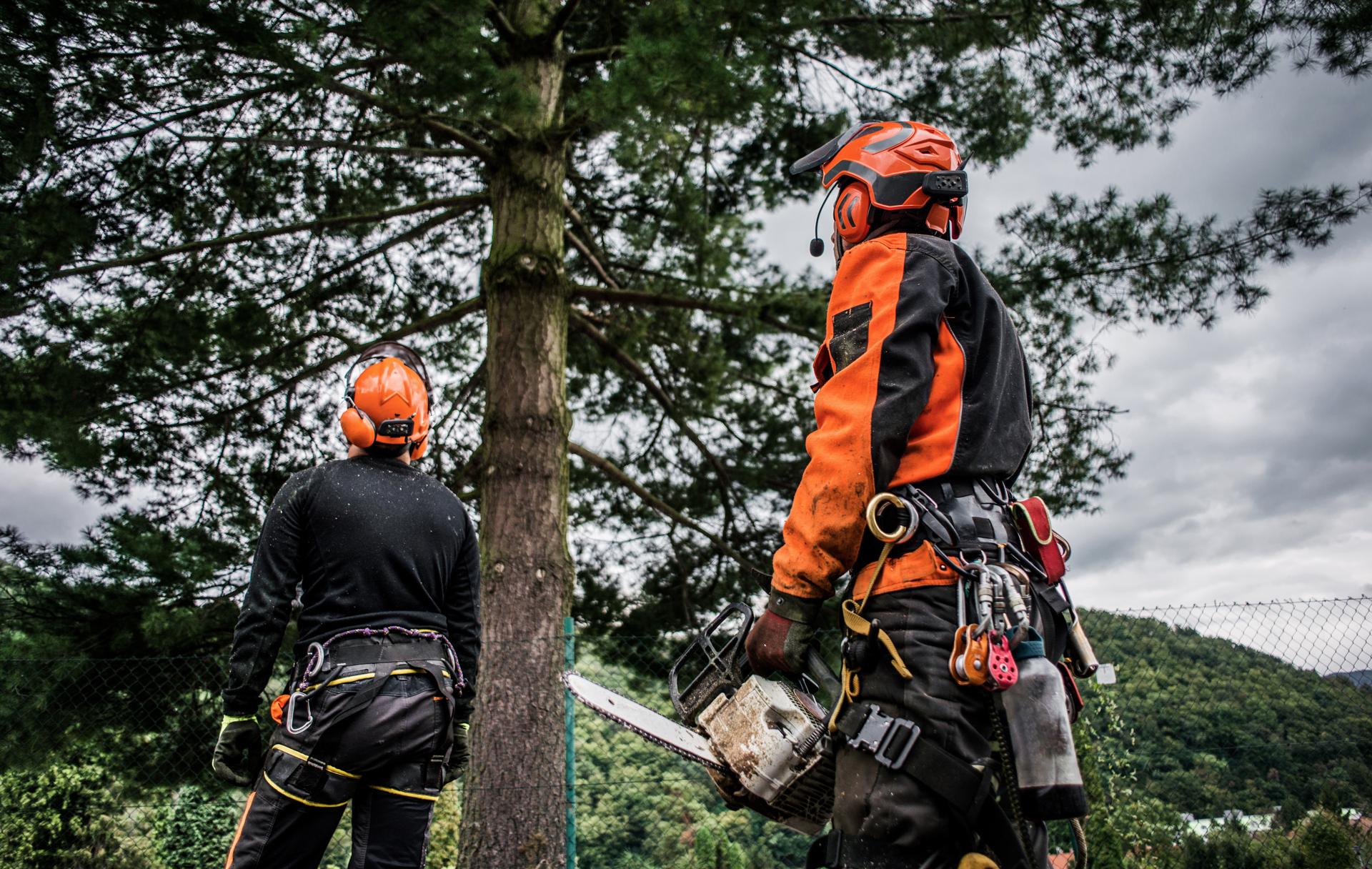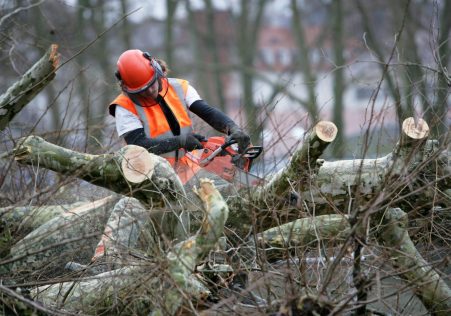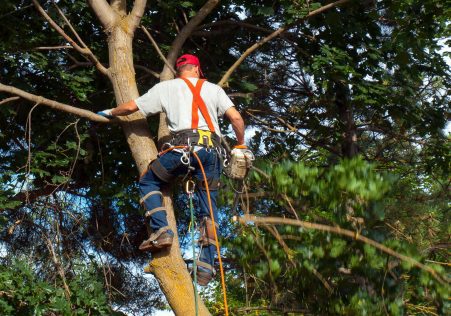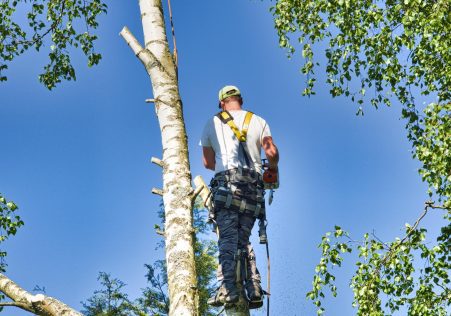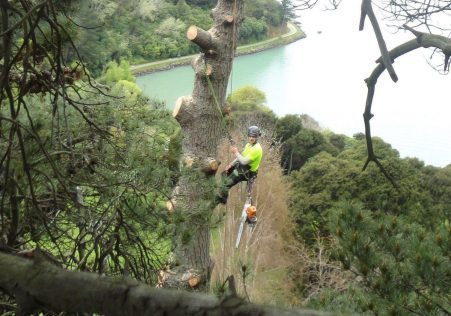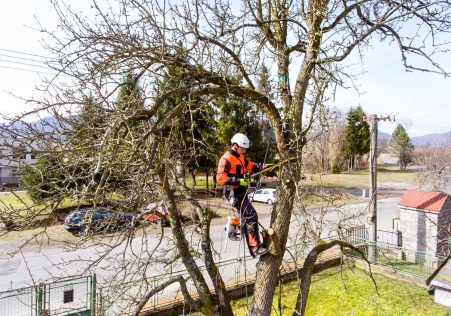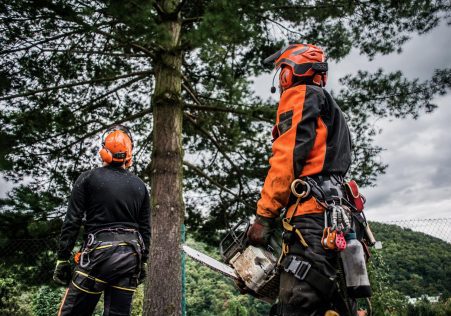The Importance of Proper Tree Identification: How Do You Know If a Tree is Safe

Trees play a crucial part in the environment, providing shade, clean air and aesthetic value our surroundings. However there are a few trees that aren’t equal and some carry an additional status of protection, making it illegal to carry out any work without permission. If you’re considering having a tree removed it is essential to know the protection status of the tree you’re considering, and the steps you have to take to ensure compliance with the laws. The following article we will guide you through the process of discovering whether trees are protected and what you need be doing to make sure you are acting within the law.
What is a protected tree?
A protected tree has been subjected to certain legal restrictions and it is unlawful to work on a protected tree without having the appropriate permissions. There are two kinds of protection that a tree could be protected by - preservation and protection orders that are statutory.
Protection under the law
Under legal protection trees are protected by law and are under the control of Tree Preservation Orders (TPOs). TPOs are issued by local authorities to safeguard trees with a significant public value and to ensure that they do not get destroyed or damaged.
Preservation orders
Preservation orders are similar to TPOs but are issued through the secretary of state for the Environment. Trees with preservation orders are considered to have exceptional value and are protected from any work, including the felling.
How can I tell if a tree is protected?
To determine whether the tree is protected, you need to verify if it’s in the process of being subject to an TPO or preservation order. This can be done by contacting the municipal authority, and asking them to check their records.
TPO search
To search for an TPO to locate one, contact an Tree or Woodland Official of your local authority. They will be able to tell you whether the tree is in the protection. They will also be able advise you about the next steps to take if the tree is in a protected area.
Preservation order search
In order to search for a preservation order you must contact Secretary of State, Department of the Environment. They will tell you whether the tree is in the protected zone and give you the information you require and direction.
FAQs:
What happens if I carry out work on a tree that is protected without permission?
If you do work on a tree that is protected without the proper authorizations, you could be subject to substantial fines and even imprisonment.
Can I appeal an TPO Or preservation or TPO?
You can appeal an appeal of a TPO or preservation or TPO if you feel it is unjustified. You will have to prove your argument and demonstrate why the TPO or preservation order isn’t needed.
Can I take down a protected tree?
It is against the law to remove protected trees without permission from the appropriate authorities. If you need removal of the tree, you will need to apply for permission and provide evidence to support your case.
Conclusion
In the end, determining if the tree is protected is a crucial step to ensure that any tree work is legally completed. If you know the various types of protection, and knowing how to determine if they are protected, you can ensure that you’re following the law and safeguarding the trees you care for. If you are unsure about the status of protection for a tree, we recommend seeking professional advice from a reputable tree specialist, such as Hawkesbury Tree Removal. Our experienced arborists will be able to advise you on the protection status of your trees, and will guide you through the necessary steps to ensure that you are following the law. With our expertise and commitment to providing top-quality tree care we will help you maintain the beauty and value that your trees have. Call us now by phone at 0480 024 203 to schedule a consultation, and let us guide you on how to keep your trees protected and healthy.

